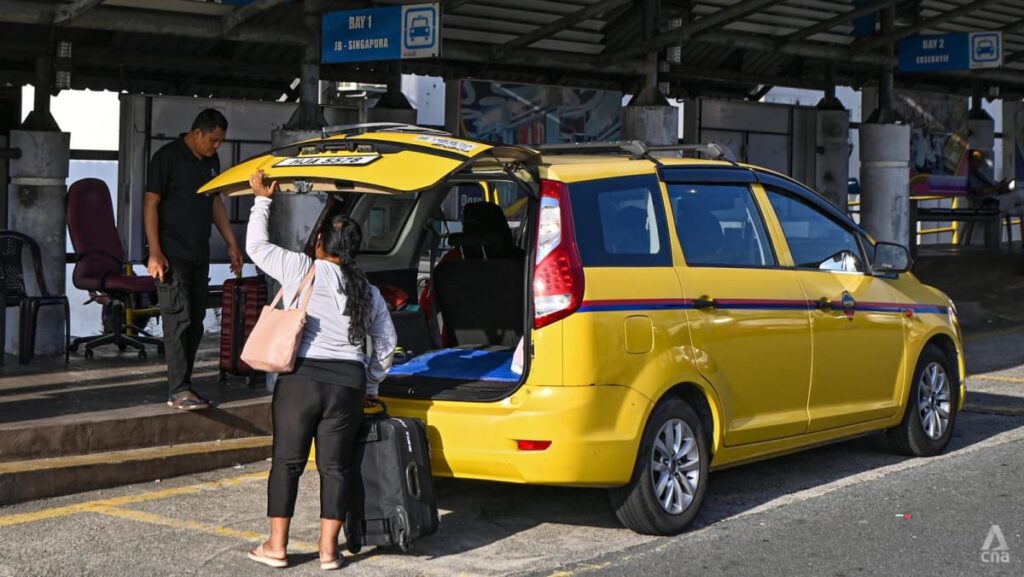In addition, some concerns may weigh more heavily on Singapore, experts told CNA.
There are “significant differences in costs of providing ride-hailing services” in both countries, said Timothy Wong, a senior lecturer at the National University of Singapore’s department of economics.
“Cars are much cheaper to purchase in Malaysia than in Singapore, likewise with petrol and vehicle maintenance costs. The cost of living is also lower in Malaysia so drivers are willing to accept lower wages,” said Wong.
This means Malaysian point-to-point drivers will be able to provide cross-border services at lower prices and thus “dominate the market”, Wong said. “Liberalising the market benefits Malaysian ride-hail drivers more than it does Singaporean ride-hail drivers.”
If such services come to pass, besides agreeing to create a degree of parity in terms of vehicle and driver safety standards, the Singapore government “may also want to introduce price regulations to ensure prices are not too low”, Wong said.
There are “a lot of delicate considerations”, agreed Terence Fan, an assistant professor of strategy and entrepreneurship at the Singapore Management University.
One issue is that once Malaysian ride-hailing services enter Singapore, “it’s much harder to regulate” whether they are also picking up and dropping off people within Singapore, which is not allowed, he said.
“You could potentially be flooding a bit of the Singapore roadways with these vehicles,” Fan told the programme CNA938 Rewind.
“It’s not really in line with our principles here that we have high (Certificates of Entitlement (COEs) for vehicles, we limit the vehicles and we want to make sure our roads are not that congested as well,” he said.
https://www.channelnewsasia.com/asia/malaysia-singapore-johor-cross-border-ride-hailing-5316606


